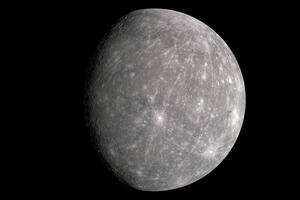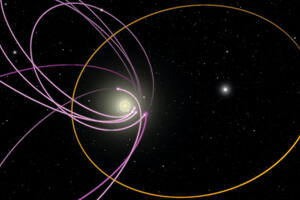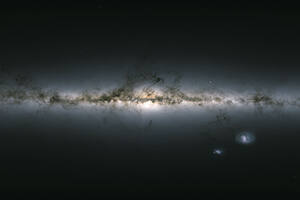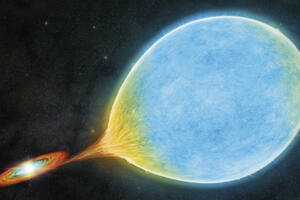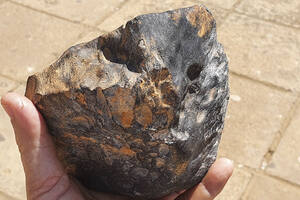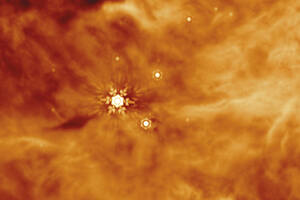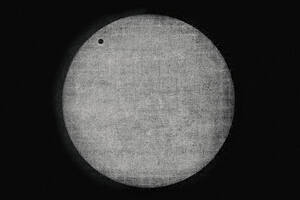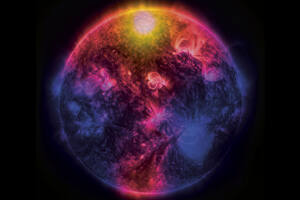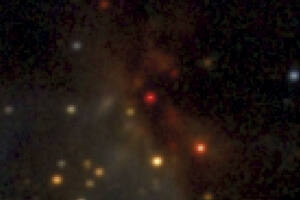Astronomy
Astrophysics
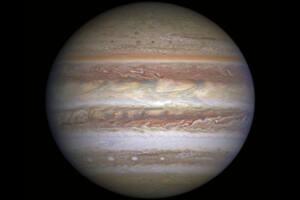
The Gas Giant was once bigger
Jupiter rapidly doubled in volume soon after the formation of the Solar System
By Redação
Astrophysics

Portrait of the Universe
Space mission captures images of 380,000 galaxies of varying shapes and sizes
By Redação
Astrophysics
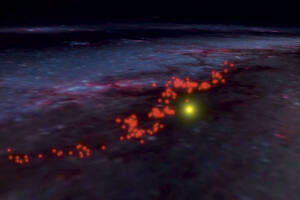
The wandering Sun and the cooling Earth
Solar System passed through the Orion constellation, which may have influenced Earth's climate
By Redação
Astrophysics
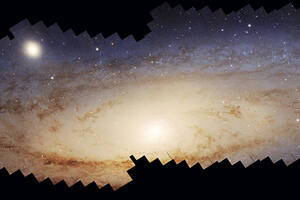
Our neighboring galaxy in detail
James Webb Telescope details neighboring galaxy of Andromeda
By Redação
Astrophysics
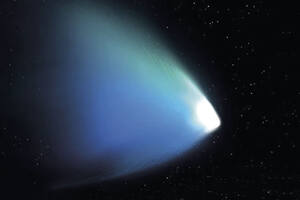
Space centaur
James Webb Telescope captures detail of comet that behaves like an asteroid
By Redação
Astrophysics

A retouched image
Image of the Sagittarius A* black hole published in 2022 may not show its actual shape
By Redação
Astrophysics

The most detailed map of the Milky Way
Most detailed map ever made of the Milky Way reveals the galaxy's three-dimensional structure and motions of its stars
By Redação
astrology
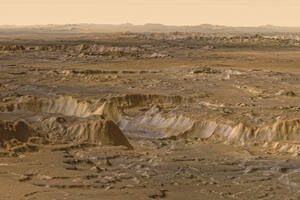
A hidden sea on Mars
A large reservoir of liquid water may be hidden beneath the surface of Mars
By Redação
Astrophysics
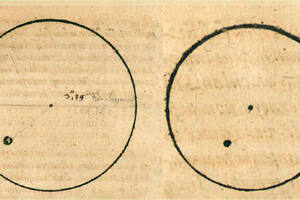
Sunspots seen by Kepler in 1607
In 1607, German astronomer and mathematician Johannes Kepler identified sunspots with the naked eye
By Redação
Astrophysics

New secrets of Jupiter
James Webb Telescope reveals new secrets about Jupiter
By Redação
ASTRONOMY
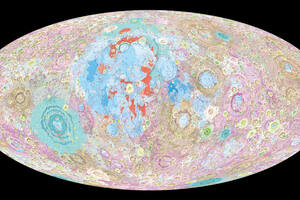
Thousands of craters and 17 rock types on the Moon
Geological maps of the Moon could help in the planning of future missions and construction of a lunar research base
By Redação
Astrophysics

Strong magnetic field at the center of the Milky Way
Magnetic fields around the edge of the Milky Way's supermassive black hole
By Redação
Astrophysics
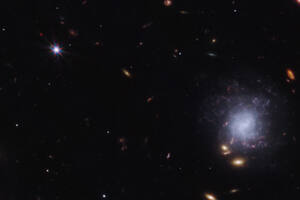
Merging of neutron stars generates second-largest gamma-ray burst
Phenomenon produced rare earth metals in space
Astronomy
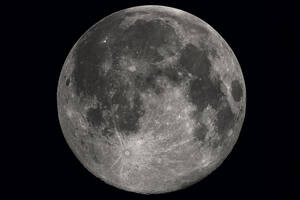
The Moon is shrinking
Cooling of the Moon’s core has caused it to shrink over the last few hundred million years
By Redação
Astrophysics
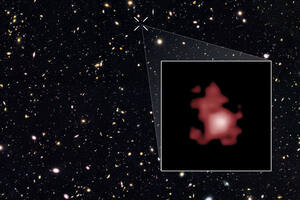
The oldest known black hole
James Webb Telescope captured indirect evidence of a supermassive black hole
By Redação
Astronomy
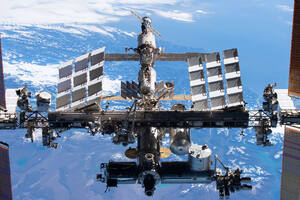
The challenges of living in space
Experiments confirm that living in space would not be easy
By Redação
Astronomy
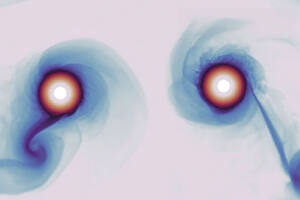
Plasma waves higher than the Sun
Stars close to one another can cause plasma tides and enormous waves
By Redação
Astronomy
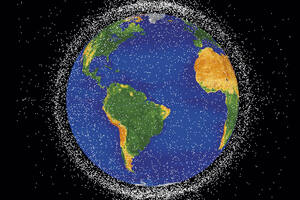
Satellite debris in the stratosphere
On returning to Earth, satellites and rockets leave metal chemical elements in the stratosphere
By Redação
